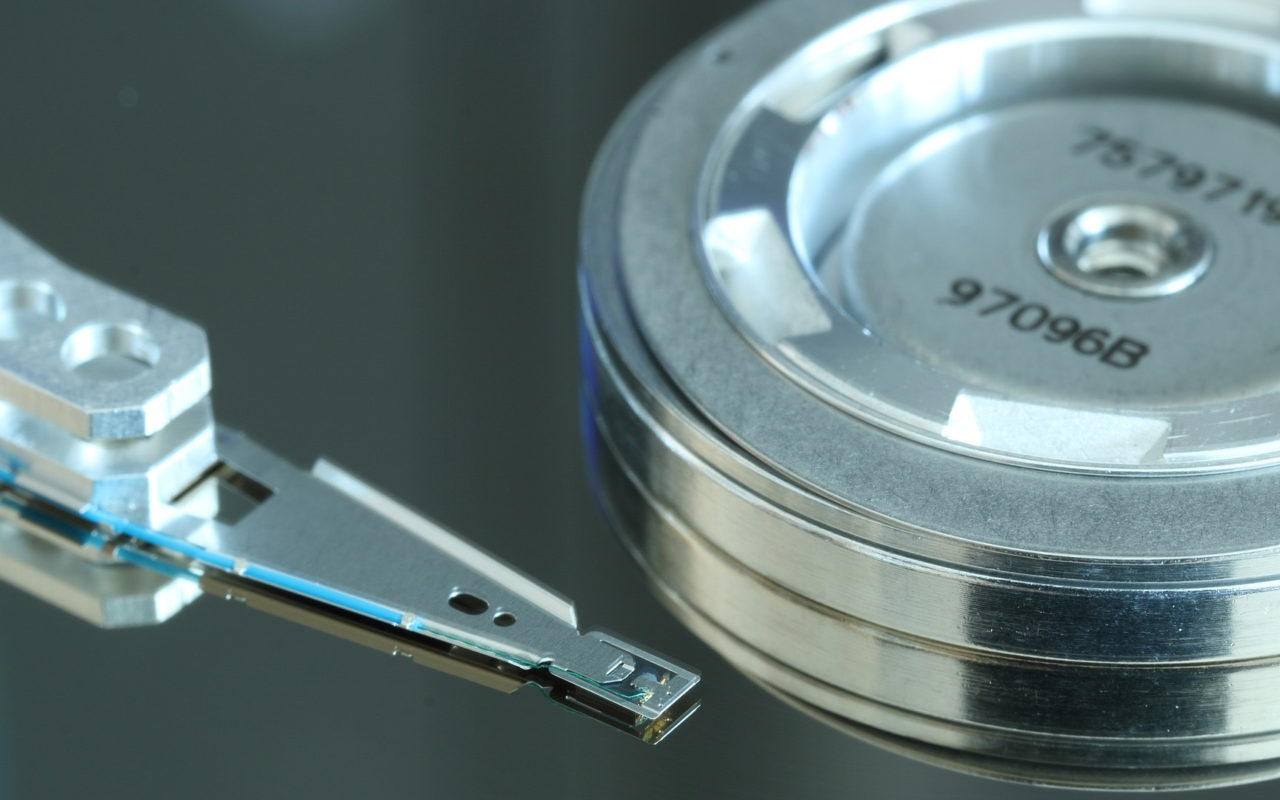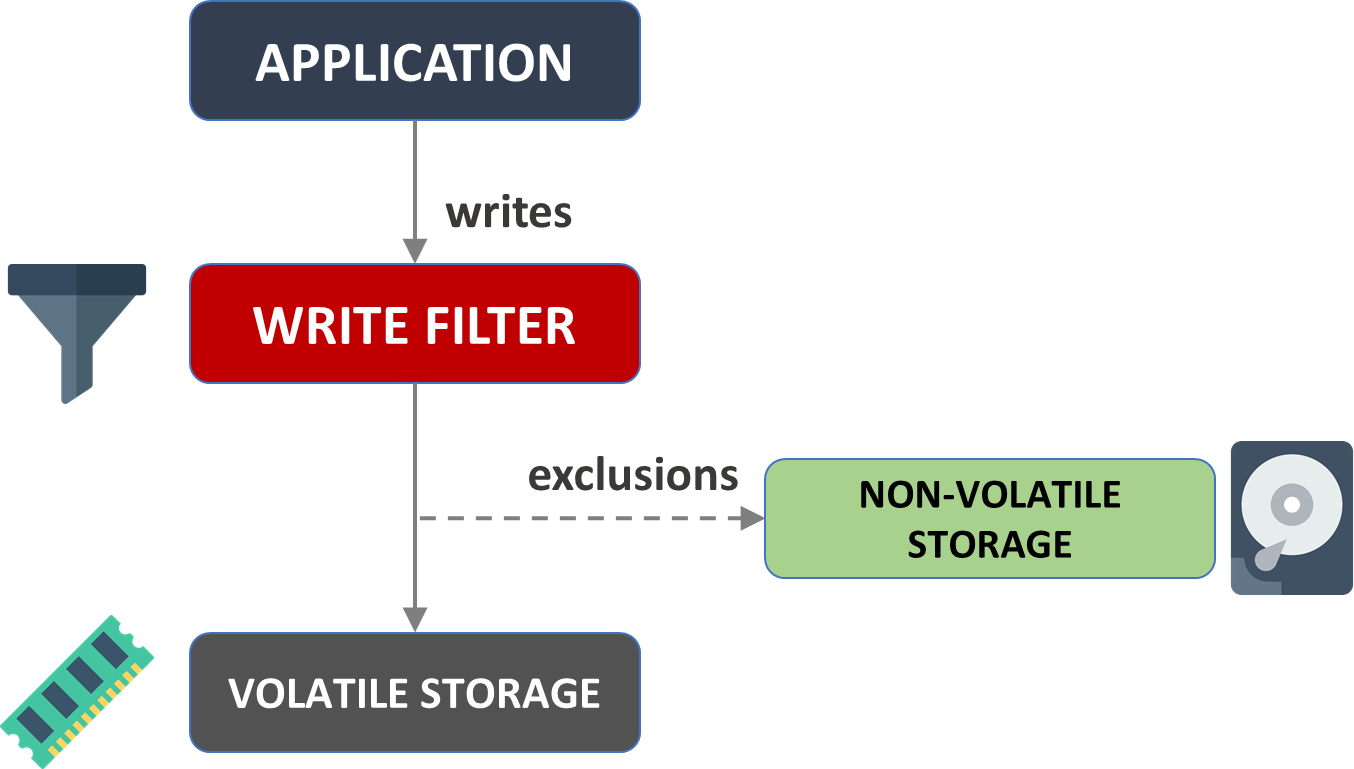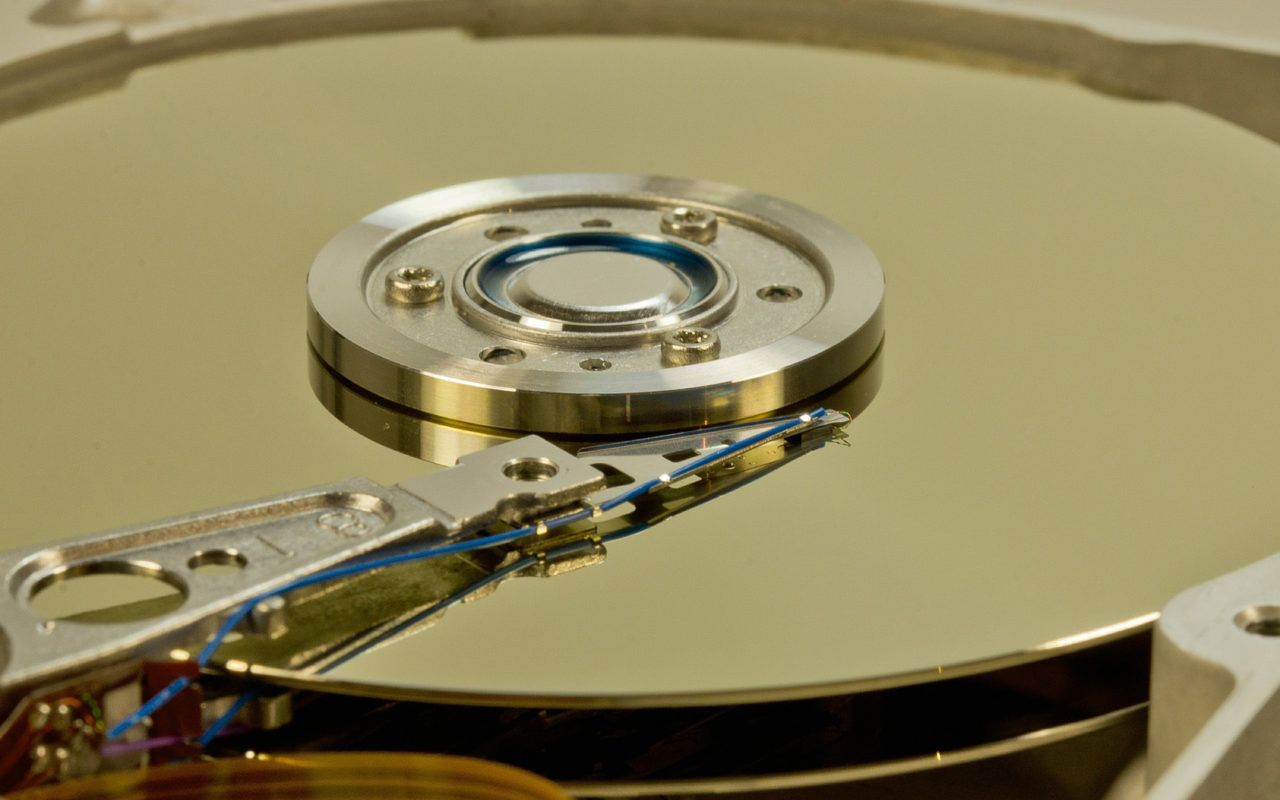Dear TwinCAT/PLC developers,
I’m very happy to announce the release of the TcUnit-Runner, an open-source tool for integration of TwinCAT unit tests into a CI/CD toolchain automation server such as Jenkins. When TcUnit, the TwinCAT unit testing framework, was released back in December of 2018 I would never have imagined how widespread it would get. Since then, I’ve received e-mails from PLC developers every week with questions, improvement suggestions or just gratitude for this open-source software. The TcUnit framework has found its way into the full range of projects ranging from small machines to multi-billion € projects. With this response, I would say that there definitely is a need for unit testing in the world of automation. The adoption of TcUnit into TwinCAT projects across the globe has motivated the further development of TcUnit. One limitation of the TcUnit framework was that it was only possible to run the unit tests locally on your development machine (or PLC), and thus needed to be run manually every time a change in the software was made. Modern software practices advocate that software development should adhere to the practices of continuous integration/continuous delivery (CI/CD), so that tests would be run automatically when committing changes to version control. Thus, TcUnit-Runner was developed.
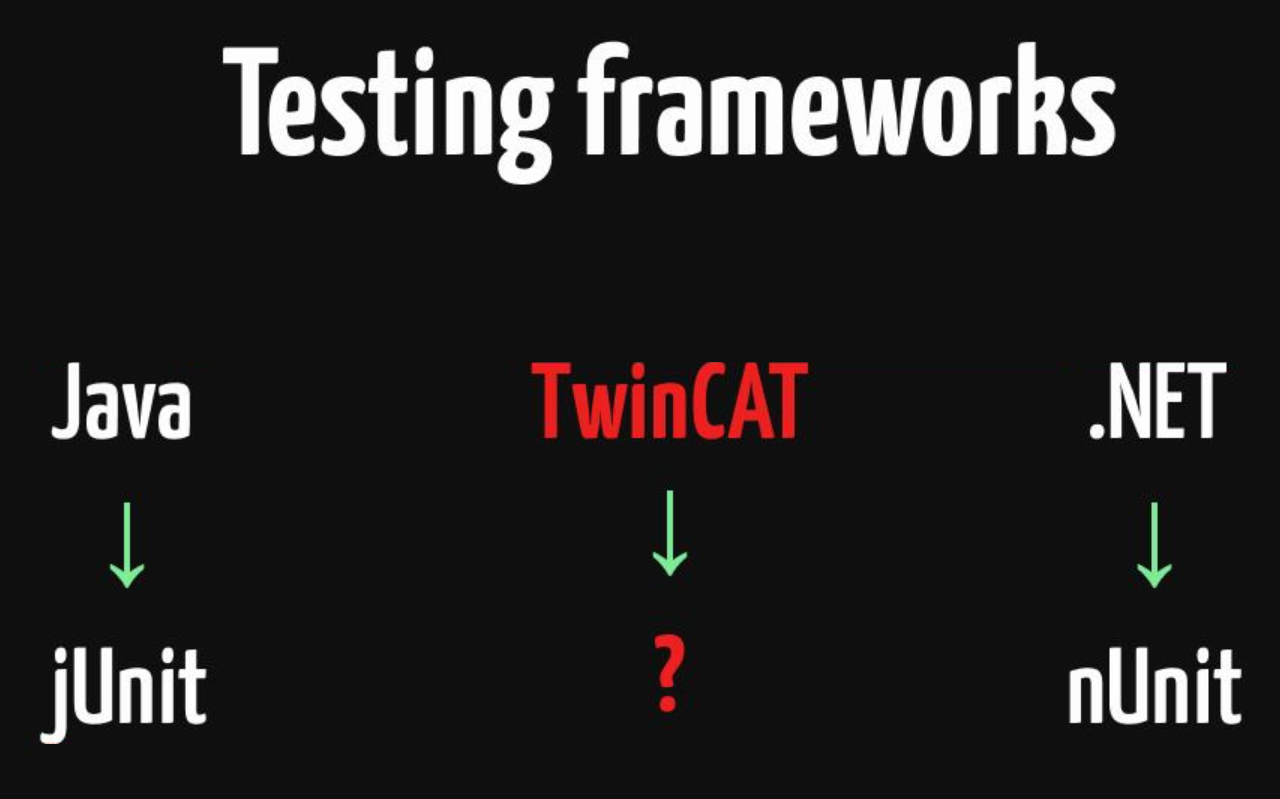

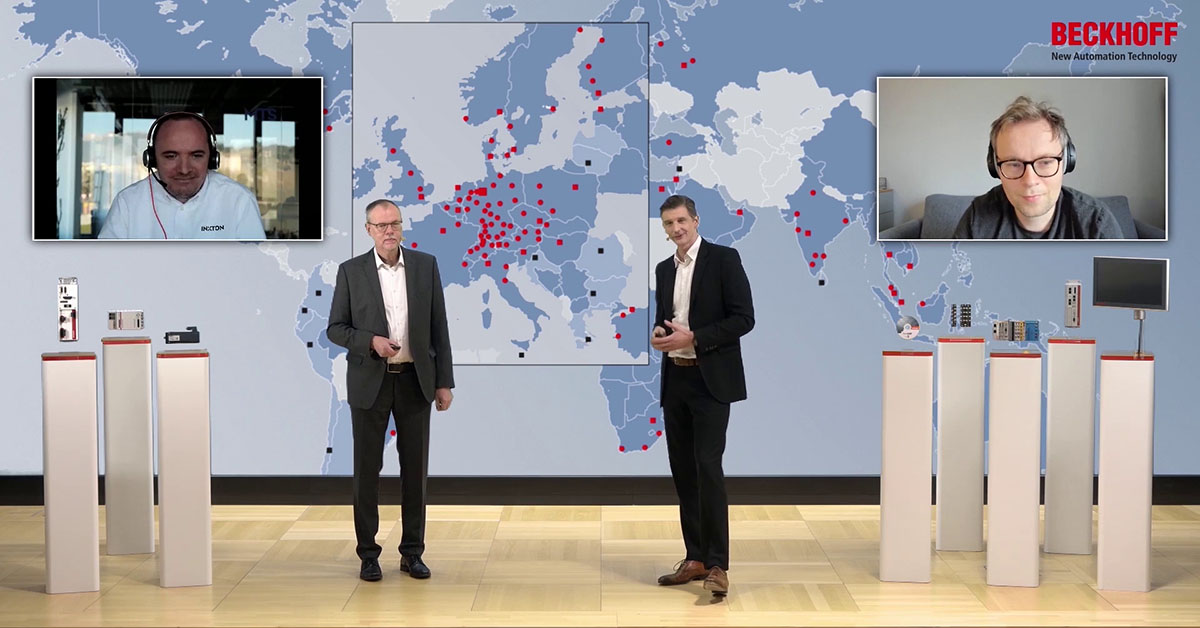

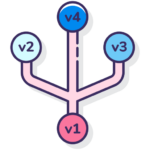 Some time ago I
Some time ago I 

 I have been using TwinCAT for quite some time now, and since I started developing software with TwinCAT it has changed almost everything for me as a software engineer, both as a profession and as a hobby. This includes the programming language, development environment, software development processes, hardware, communication protocols and much more. I have recently philosophized about how my life as a software developer has changed compared prior to doing automation software. Overall, I would say that I can do tremendously more things (in a reasonable amount of time) with TwinCAT by myself, than I could do before when I was developing software in the “standard” programming languages. It has given me opportunities to work with insanely fun projects that I would never have worked with if I didn’t start with PLC software development. What I would want to share with you is a list of five things that I think Beckhoff have done right, and five things that they could improve.
I have been using TwinCAT for quite some time now, and since I started developing software with TwinCAT it has changed almost everything for me as a software engineer, both as a profession and as a hobby. This includes the programming language, development environment, software development processes, hardware, communication protocols and much more. I have recently philosophized about how my life as a software developer has changed compared prior to doing automation software. Overall, I would say that I can do tremendously more things (in a reasonable amount of time) with TwinCAT by myself, than I could do before when I was developing software in the “standard” programming languages. It has given me opportunities to work with insanely fun projects that I would never have worked with if I didn’t start with PLC software development. What I would want to share with you is a list of five things that I think Beckhoff have done right, and five things that they could improve.